|
|
||
|
||
|
Privacy Policy | Editorial Policy | Profit Policy | Join the Association | List of Members | Contact us | Index | Links |
||
|
Back Go to page: 1 2 3 4 5 6 7 8 9 10 11 12 13 14 15 16 17 18 19 20 Forward |
||
|
|
||
|
A casual drive through Bomber Command country.
Les Ferris got in touch, he writes: Your recent article on the RAF Lightning bought back some memories and a desire to find out more on the history of Binbrook where the Lightning was stationed. In 2011 my wife and I were driving from London to Scotland and we stopped off at a good friends place just outside Binbrook (Lincolnshire). We knew nothing of the WW2 history of the area but very quickly we were made aware of the significance of this town, especially for Australians.
Having local friends we were fortunate to get a good tour of the area. To the average traveller passing through Binbrook it would hardly justify stopping as it is just a small village within a rural community. RAF station Binbrook has now been de-commissioned and returned to farmland so not much to see here. The first stop was in the centre of town at the Marquis of Granby pub. Unfortunately it was early so no stopping here for a beer. It has since been closed and converted to units.
RAF Station Binbrook.
In the summer of 1940 a Fairey Battle light bomber, piloted by Flying Officer Doug Gosman, touched down on the grass strip that served as a runway at RAF Station Binbrook, opening a new chapter in aviation history.
|
||
|
|
||
|
This was the first operational aircraft to land at Britian's newest airfield, opened only days after the evacuation from Dunkirk, at a time when invasion by the Germans seemed imminent. Binbrook went on to play a vital role in the final defeat of Germany, serving as a base for Fairey Battles, then Wellingtons of 12 and 142 squadrons and later the Lancasters of 460 Squadron, Royal Australian Air Force.
Operations began seriously on the 9th April 1941, Emden was the target and one Wellington from 12 Squadron, piloted by the C.O., W/C Blackden failed to return. Constant involvement in operations over Europe, including raids on Berlin, continued during 1941 and on the 1st April Binbrook lost its 50th aircraft when a Wellington failed to return from a raid on Le Havre. July, 1942, was an appalling month for Binbrook's crews. Seventeen aircraft were lost on raids on the Ruhr and U–boat bases in Northern Germany. By September another thirty one more had gone missing.
On the 26th September, contractors moved in to start laying concrete runways so the Wellingtons moved to Wickenbyand and Grimsby. A decision had been made about the new occupants, for the Australians.
(For the movie enthusiasts Binbrook airfield was used during the filming of Memphis Belle.)
|
||
|
|
||
|
The famous G for George with members of 460 Sqn.
|
||
|
It was towards the end of April, 1943, when the first Australian accents were heard in Binbrook's pubs. Led by G/C Hughie Edwards, VC, an advance party visited the base to make preliminary arrangements for the transfer of 460 Squadron, RAAF from Breighton, near York on the 14th May 1943.
|
||
|
|
||
|
460 Sqn - Tassie left off the map once again.
|
||
|
||
|
The towns of Grimsby and Market Rasen were places to visit but none so popular as The Marquis of Granby pub in Binbrook village. Rene Trevor ran the Marquis of Granby throughout the war. She was the licensee but found herself thrust into the role of "mother" to hundreds of young Australian airmen. She sewed on buttons and new decorations, mended jackets and cooked meals for the young men who flew the bombers from Binbrook between 1940 and 1945. The youngsters who flew those aircraft never forgot Rene Trevor.
She had been brought up in Tealby where her father ran the Crown Inn for 43 years and it seemed natural for Rene and her husband to go into the licensed trade themselves. This they did in November 1939, just after their daughter, Anne, was born.
Her husband was posted to the Middle East and Rene was left to run the pub.
The first airmen to arrive at the Marquis of Granby were the crews of the obsolete Fairey Battles. Rene can remember them saying, "A real English Pub with a piano –– can you play it?" Rene could and she could sing too. That started a relationship between the Granby, its landlady and the boys of Bomber Command.
Songs such as 'Cowboy Joe' and 'Good night Sweet–heart' were to become familiar at the pub throughout the war years. Rene still remembers the day the Australians moved in. "My daughter Anne was about three at the time and we had just begun to tell her about the war and about the Germans. One day she came running in screaming, "Mummy, Mummy, the Germans are here!" She had just heard an Australian accent for the first time. Below, the Marquis of Granby as it is today.
Aircrew would walk or cycle down to the Marquis every night they could for a pint or two of Holes Ale (later Hewitts, Guinness or whatever else she could obtain) or maybe she would serve her famous meal –– sausage, two eggs and toast, for 1s.6d. After the party was over there would be the riotous departure. Everyone grabbing his bike and setting off mostly in the right direction, with plenty of the airman's language like " Come on you bloody navigator give me a course or we'll be over the target before we get airborne,' "Come on where's my rear gunner, I don't want to be shot up you know, because my rear gunner is pissed as a parrot" This frivolity lasted till the bottom of the hill then it was, "Oh, bugger this bike, let's walk home". Next morning it was down the hill and collect the bike before breakfast.
Despite the fearful odds, 460 Squadron lost more aircrew than any other in Bomber Command, many did complete their 30 trip tour of operations and on each occasion there was another party in the back room of the Granby. One of the traditions at these parties was for the airmen who had successfully finished their tour, to be held aloft while they wrote their names on the ceiling of the room. I well remember Rene's father's birthday, when he was hoisted on shoulders, and held while with a candle he burned "Pop 60" into the beam.
In the corner of the South Eastern wall at face height was written this poem.
"If Hitler wants any more babies From his fraulines fair, Just remember the old motto boys, Australia will be there".
Perhaps those names, the poems and the adornments are still there under several coats of paint.
Mrs Rene Trevor now lives in a flat on Cleethorpes sea-front. Over her fireplace hangs 460 Squadron's Kangaroo and Boomerang crest bearing the motto "Strike and Return".
"Oh, they were marvellous days. They were wonderful boys and I knew just about every one of them." And Binbrook village has not forgotten. In front of St. Mary's church is a well tended memorial to 460 Squadron.
|
||
|
|
||
|
|
||
|
Heading south and enjoying the scenery it was getting close to beer time so on to the Petwood Hotel. We were not aware of the significance of this hotel until we arrived.
|
||
|
|
||
|
The Petwood Hotel in a previous life was the Officers Mess of 617 Sqn (Dambusters). This was the perfect place to enjoy a beer and soak up the atmosphere and all the memorabilia in the bar.
|
||
|
|
||
|
You can see a branch mounted above the bar (arrowed). This was removed from a Lancaster following the bombing of the Tirpritz. Apparently they had to refuel somewhere and it was a short runway for a fully loaded Lancaster. One hit the top of a tree when taking off and this branch was lodged in the wing. Click HERE for a great documentary on the sinking of the Tirpritz.
|
||
|
|
||
|
|
||
|
|
||
|
|
||
|
|
||
|
|
||
|
||
|
|
||
|
As luck would have it there was a squadron reunion at the Petwood hotel. In honour of the reunion a Lancaster and a Spitfire put on a 5 minute display. I will never forget the sound of those engines. My belated apologies to the person I nearly knocked over in my haste to get outside and take the photo. Not sure on which squadron was having a reunion on that day.
|
||
|
|
||
|
|
||
|
With a developing thirst we headed off to the next pub – The Blue Bell, below. Built in 1257 we were really going back in time. The Thorpe Camp visitor centre is just up the road but we ran out of time.
|
||
|
|
||
|
The Blue Bell was the watering hole for the “Pathfinders” and was also frequented by the crews from 617 Sqn while they were training from RAF Scampton. As was tradition at most pubs, crews would write their name on the ceiling.
Our one day tour was over. Unfortunately more than one day is required. Maybe next time.
Aviation Museums & Historic Sites.
With such a distinguished history in military aviation, there are many historic places to visit in Lincolnshire. There is no other region with so many former airfields and collections of iconic planes. As home of the famous 617 or “Dambusters” Squadron during the war, Petwood has a special connection to many of these places and those who served.
From the Battle of Britain, memorial flight's Spitfires, Hurricanes, Dakota and Avro Lancaster, to the Digby Lima Sector Operations Room, to Just Jane at the Lincolnshire Aviation Heritage Centre, there are many famous sites to discover. Here are some of the best visitor attractions, along with website links and key information:
International Bomber Command Centre, Lincoln
Newly opened in 2018, the IBCC is a landmark development in memory of the many heroes of Bomber Command. Featuring immersive exhibits, beautiful International Peace Gardens and the UK’s tallest war memorial “The Spire”, it is a moving and enlightening experience for any visitor. For full details, see: https://internationalbcc.co.uk/
Battle of Britain Memorial Flight, Coningsby.
Just ten minutes’ drive from Petwood, the BBMF Visitors Centre is a unique opportunity to get up close and personal with the iconic aircraft that made history. Operating the AVRO Lancaster, six Supermarine Spitfires, two Hawker Hurricanes, two de Havilland Chipmunks and a C-47 Douglas Dakota, this living and breathing tribute to 'The Many' and 'The Few' is not to be missed. Website: www.raf.mod.uk/bbmf/visitorscentre/
Thorpe Camp
Even closer to our doors at Tattershall Thorpe, Thorpe Camp was where the legendary 97, 617, 619 and 627 Squadrons operated from during wartime. Originally intended to last just ten years, it is now lovingly preserved to provide not only a glimpse into military history, but also a fascinating look into wartime civilian life with the Women’s Land Army and Home Guard. It is open Sundays and Mondays from Easter to the end of September, plus Wednesdays during July and August from 1pm - 5pm. For further details, see: www.thorpecamp.wix.com/visitorscentre
Lincolnshire Aviation Heritage Centre
With award-winning exhibits and an exceptional collection of hardware,
including an original Barnes Wallis “Bouncing Bomb”, the largest Bomber
Command museum in the UK is a hit with visitors of all ages. This site
is also your unmissable chance to experience the only place in the world
where you can take a taxi ride in LAHC’s star attraction Lancaster
NX611, "Just Jane". Please note that booking is essential for taxi rides
and t
Newark Air Museum
The UK’s largest volunteer managed aviation museum has no fewer than 76 aircraft and cockpit sections on display. From a Tiger Moth biplane to the mighty Vulcan Bomber and planes from around the world, two large display hangars house an amazing selection of aircraft, exhibits and artefacts.
See the website for full details, including special tours and events: www.newarkairmuseum.org
|
||
|
|
||
|
|
||
|
|
||
|
Back Go to page: 1 2 3 4 5 6 7 8 9 10 11 12 13 14 15 16 17 18 19 20 Forward |
||

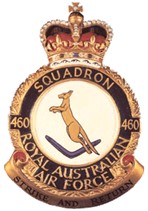
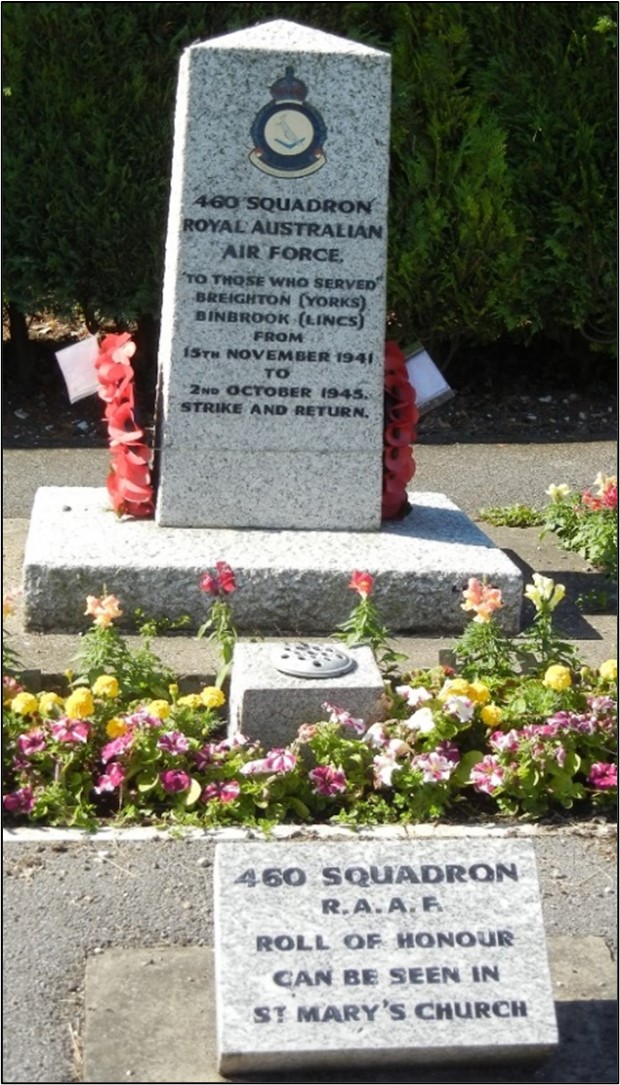
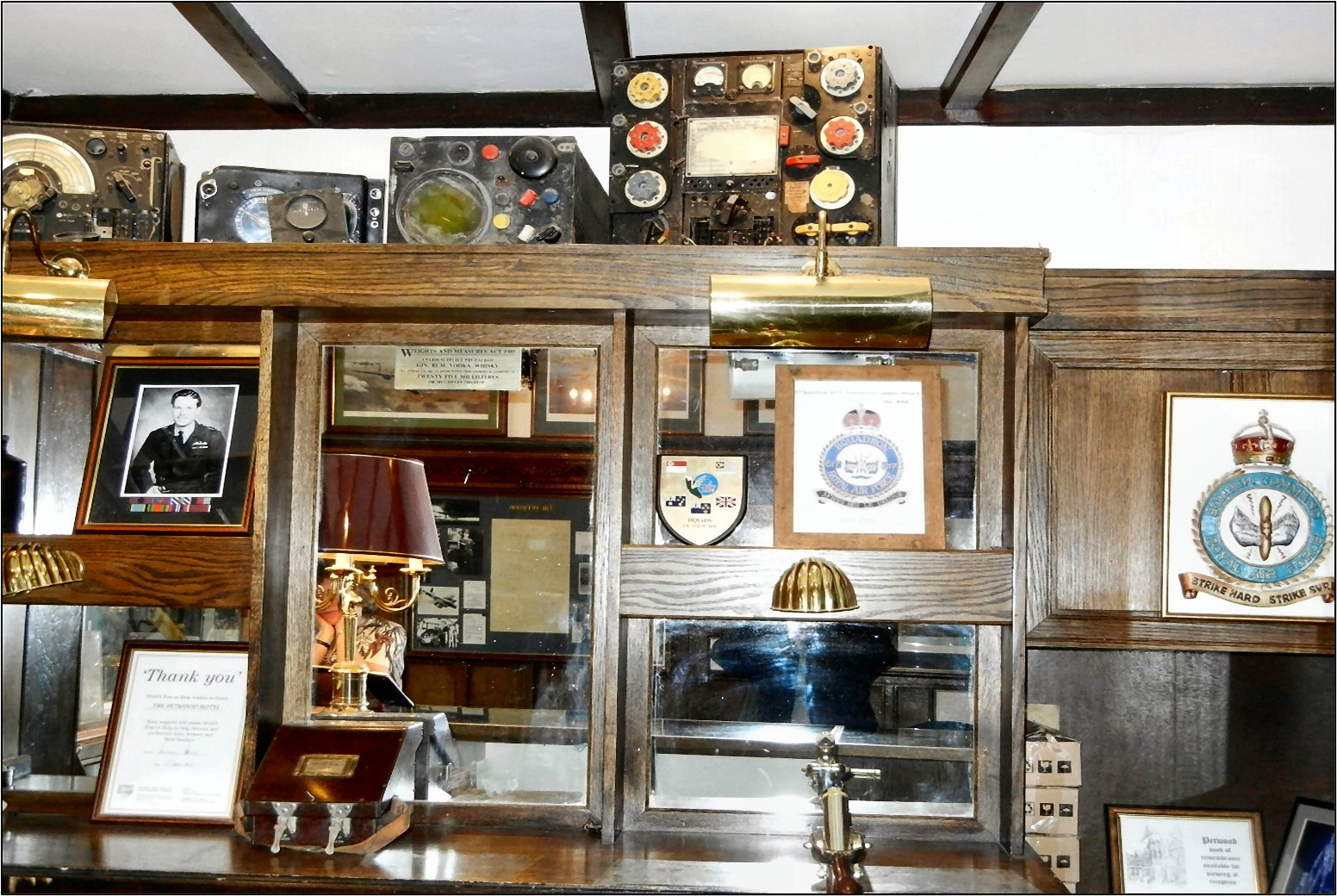
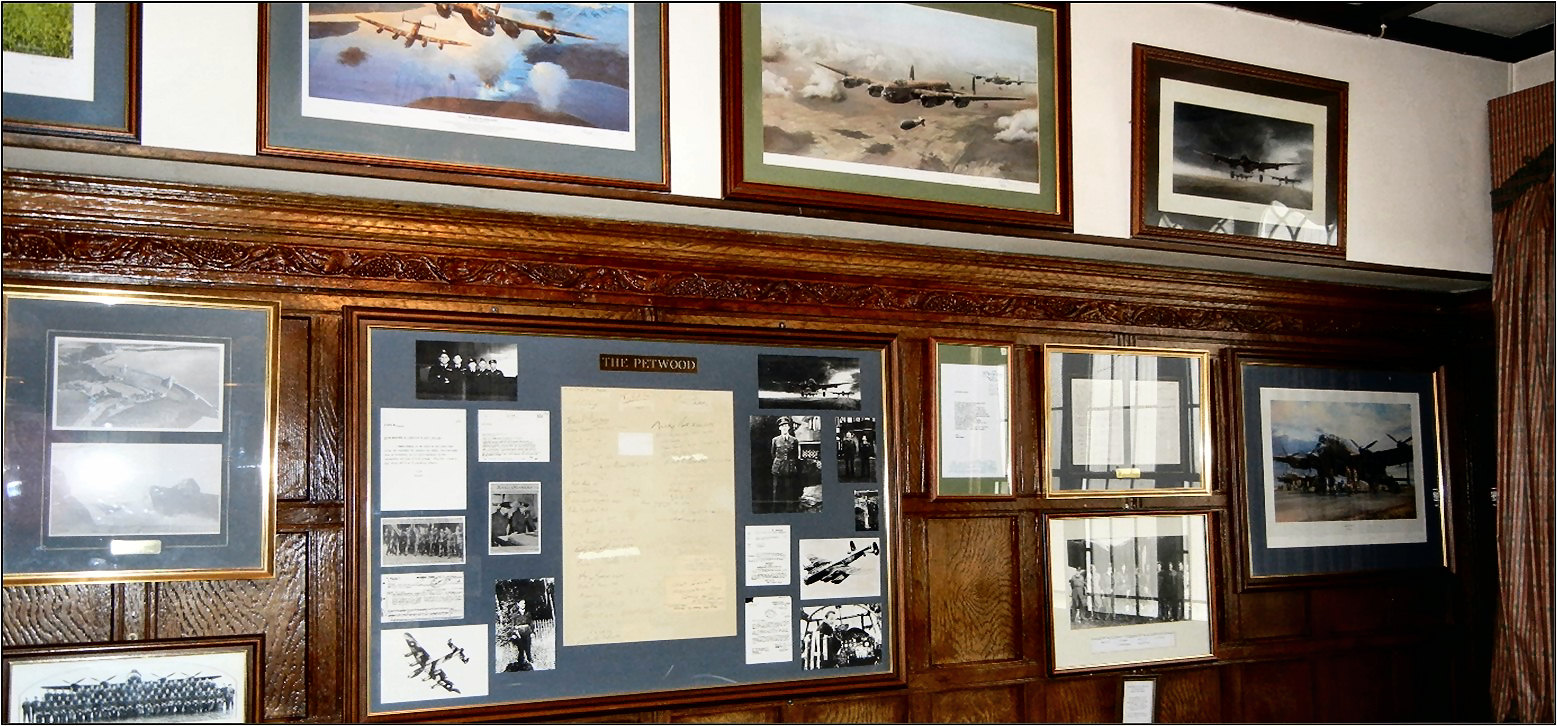
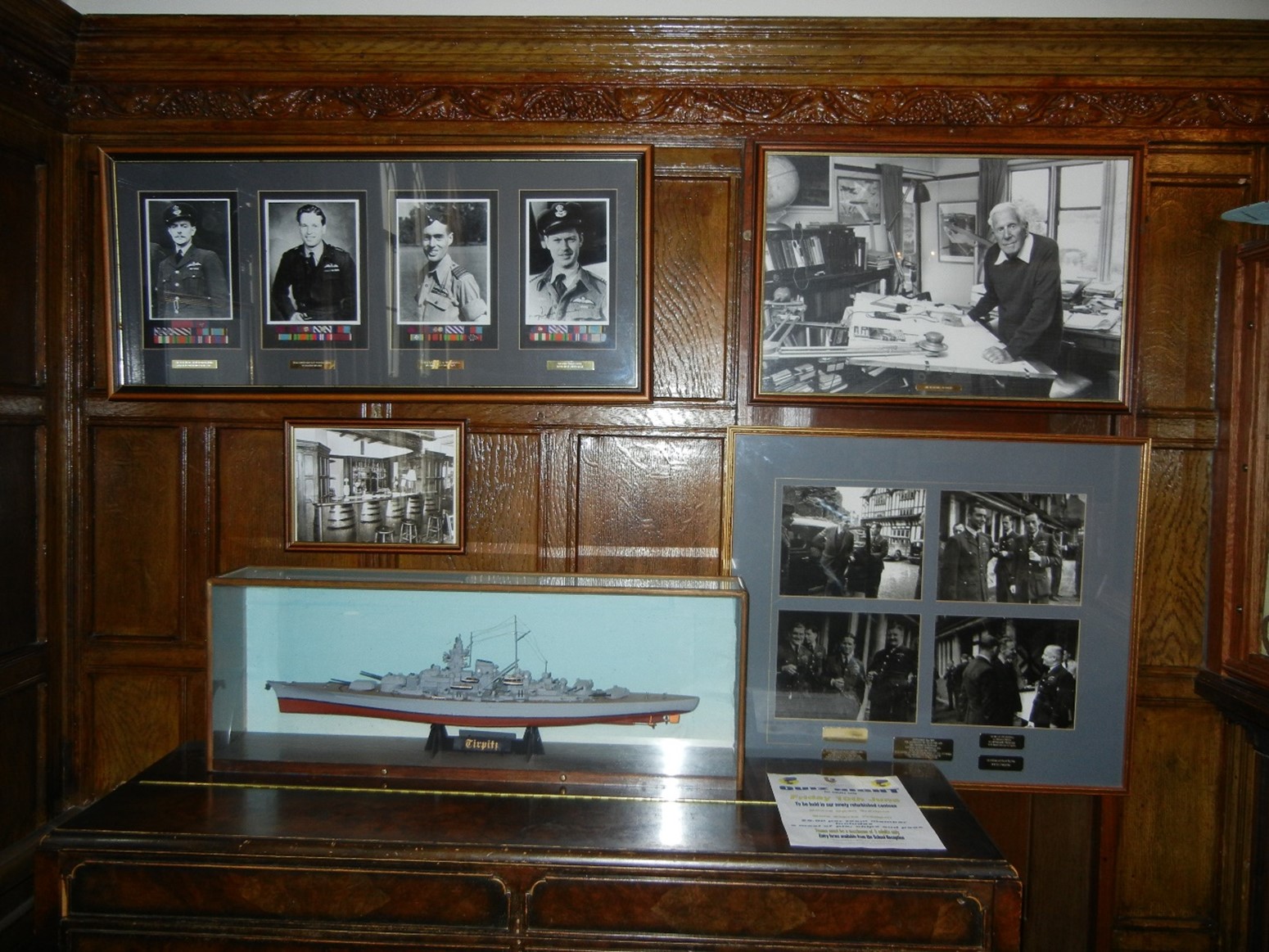
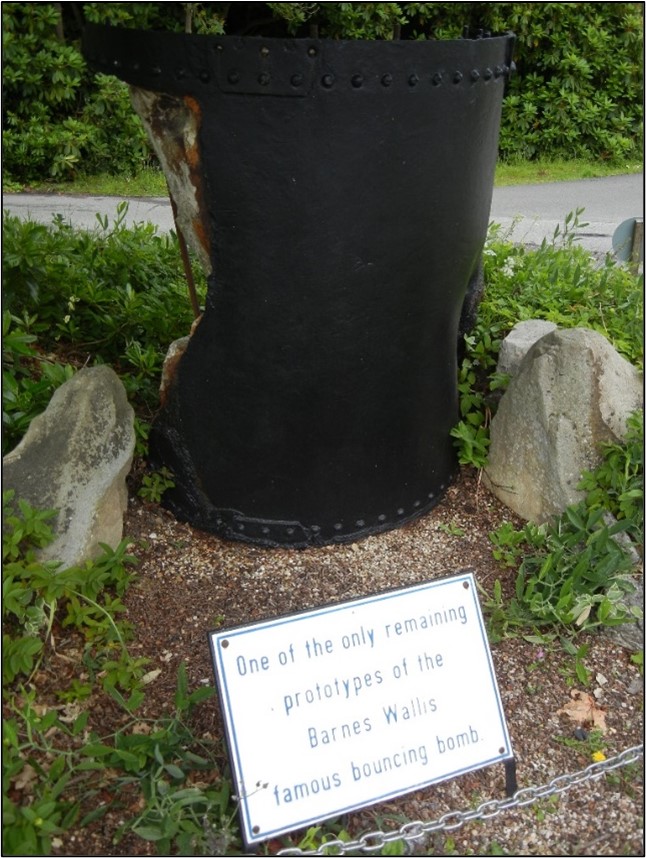
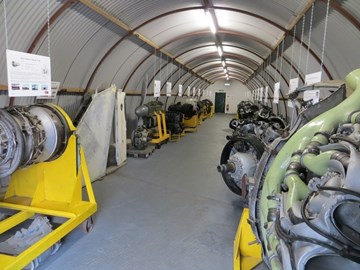 here
may be a substantial waiting time. See:
here
may be a substantial waiting time. See: 